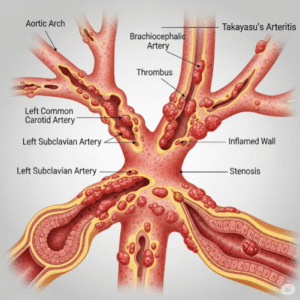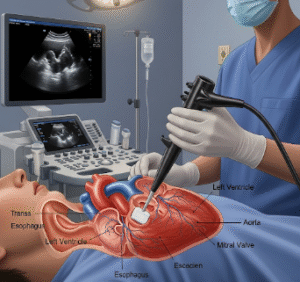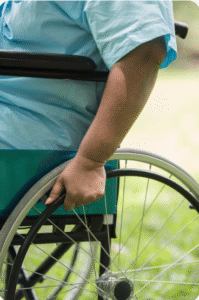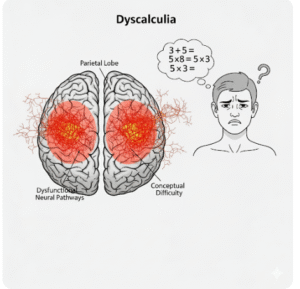Overview
Schizoaffective disorder is a chronic mental health condition that features a combination of schizophrenia symptoms, such as hallucinations or delusions, and mood disorder symptoms, like depression or mania. In South Korea, diagnosis and treatment of this condition are managed by specialized psychiatric institutions and mental health professionals, with comprehensive care available through national health services and top-tier hospitals.
What is Schizoaffective Disorder?
Schizoaffective disorder is a psychiatric condition where an individual experiences both psychotic symptoms and mood disturbances. These symptoms can occur simultaneously or in separate episodes. The disorder is categorized into two types:
- Bipolar type, which includes episodes of mania and sometimes depression.
- Depressive type, which involves only major depressive episodes.
Unlike schizophrenia, mood symptoms are a key part of the illness, and unlike mood disorders alone, psychotic symptoms can persist outside of mood episodes.
Symptoms
Psychotic symptoms:
- Delusions (false, fixed beliefs)
- Hallucinations (seeing or hearing things that aren’t real)
- Disorganized thinking and speech
- Paranoia or suspiciousness
Mood symptoms:
- Depressive episodes: feelings of sadness, low energy, hopelessness, sleep/appetite changes
- Manic episodes: elevated mood, irritability, decreased need for sleep, increased activity
Other possible symptoms:
- Poor attention and memory
- Social withdrawal
- Difficulty managing daily responsibilities
Causes
The exact cause is unknown, but contributing factors may include:
- Genetics: Family history of schizophrenia or mood disorders
- Brain chemistry: Imbalances in neurotransmitters like dopamine and serotonin
- Brain structure abnormalities
- Environmental factors: Stressful life events, trauma, or prenatal complications
- Substance use: Drugs like cannabis or LSD can trigger or worsen symptoms
Risk Factors
- A family history of schizophrenia, bipolar disorder, or depression
- Early life trauma or abuse
- Substance abuse
- Social isolation or chronic stress
- Neurodevelopmental issues
Complications
- Suicidal thoughts or behavior
- Substance use disorders
- Legal or financial problems
- Relationship breakdowns
- Difficulty maintaining employment or education
- Increased hospitalization and long-term disability if untreated
Prevention
There is no sure way to prevent schizoaffective disorder, but early intervention can improve quality of life. Preventive steps include:
- Seeking prompt care for mood or psychotic symptoms
- Avoiding recreational drug use
- Managing stress effectively
- Adhering to treatment plans to prevent relapse
Treatment Options in Korea
South Korea offers high-quality psychiatric care for schizoaffective disorder through government-supported mental health services and private hospitals. Treatment typically includes a combination of medication, psychotherapy, and community support.
1. Diagnosis
- Based on DSM-5 criteria by psychiatrists
- Includes psychiatric interviews and observation
- May involve brain scans and lab tests to rule out other conditions
2. Medications
- Antipsychotics: Control psychotic symptoms (e.g., risperidone, olanzapine)
- Mood stabilizers: For bipolar symptoms (e.g., lithium, valproic acid)
- Antidepressants: For depressive episodes (e.g., fluoxetine, sertraline)
- Medications are often combined and carefully monitored
3. Psychotherapy
- Cognitive Behavioral Therapy (CBT) for managing thoughts and behaviors
- Family therapy to support caregivers and improve understanding
- Psychoeducation to help patients and families manage the illness
4. Community Mental Health Services
- Mental health welfare centers (정신건강복지센터) provide outpatient support
- Case management programs for rehabilitation, housing, and employment support
- Day hospitals and psychiatric outreach teams offer intensive care in the community
5. Hospitalization
- Available for acute episodes, suicide risk, or severe symptoms
- Korea’s Mental Health Welfare Act allows for both voluntary and involuntary treatment
- Inpatient care focuses on stabilization, treatment planning, and safe discharge













